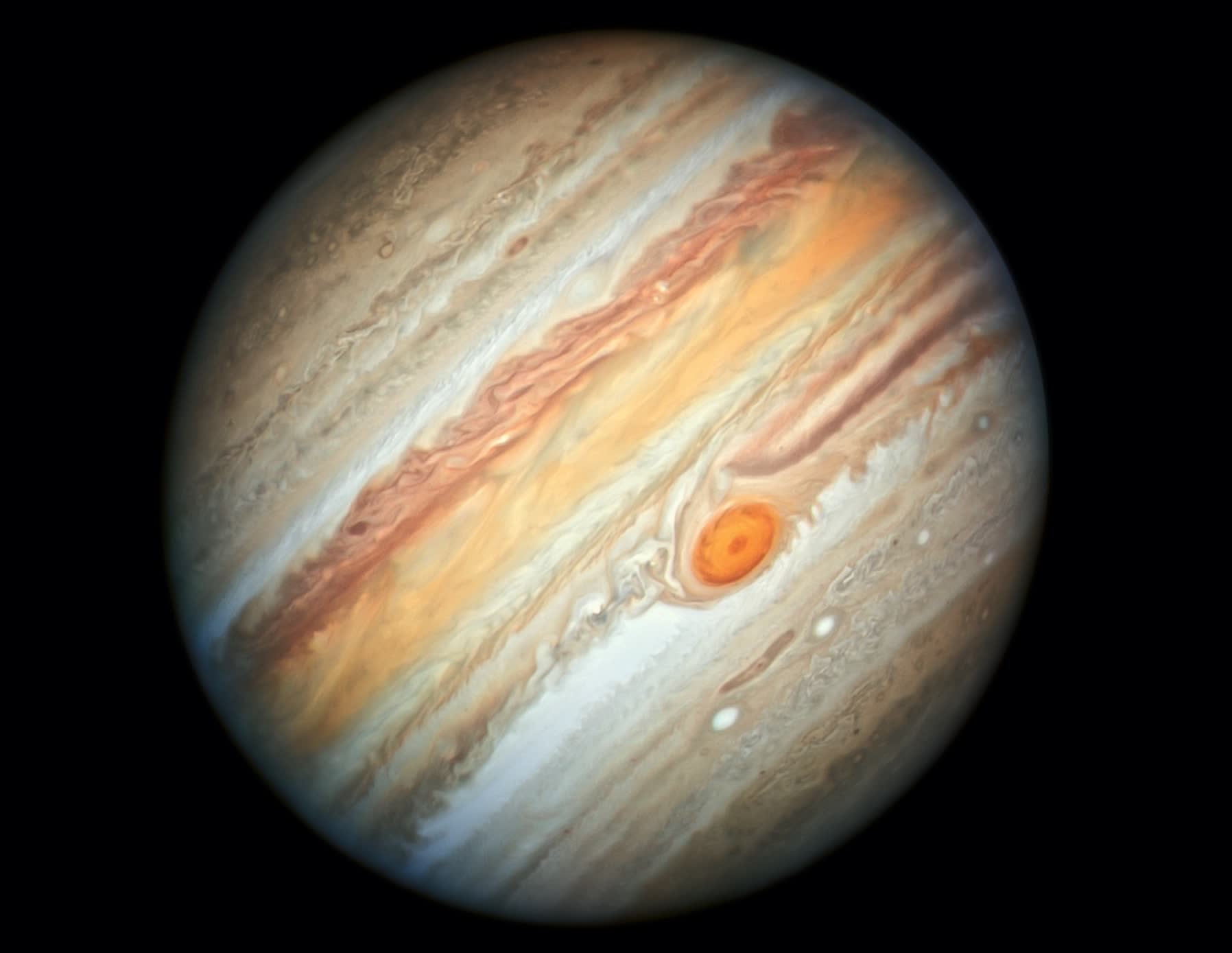In a nutshell: The European Space Agency has outlined its plans and goals for an upcoming mission to Jupiter. With any luck, Juice - short for the Jupiter Icy Moons Explorer - will bring us a step closer to better understanding the mysteries of these moons.

Juice will leave Earth on an Ariane 5 rocket from Europe's Spaceport in Kourou in April 2023. The spacecraft will leverage four gravity assist maneuvers over the next several years to help propel it towards our solar system's largest planet while conserving as much propellant as possible.
Once on its way, the craft will take a little more than two years to reach its target. Should everything go according to plan, Juice will conduct its first flyby of Jovian moon Ganymede in July 2031. Flybys of Europa and Callisto are also in the cards.
Astronomers believe some of Jupiter's moons may contain liquid water under their icy surfaces. Ganymede, which is the largest moon in the solar system, is also the only one to have a magnetosphere.
The craft will ultimately settle into an orbit around Ganymede and remain there until its orbit naturally decays. In late 2035 once all of the craft's propellant is used up, Juice will impact the surface of the moon. Of course by that time, we should know a lot more about the universe as a whole thanks to the James Webb Space Telescope.
The mission will notably be the last for the Ariane 5 launch vehicle, which will be replaced by the Ariane 6.
Image credit NASA
https://www.techspot.com/news/93971-european-space-agency-outlines-plan-jupiter-moon-tour.html